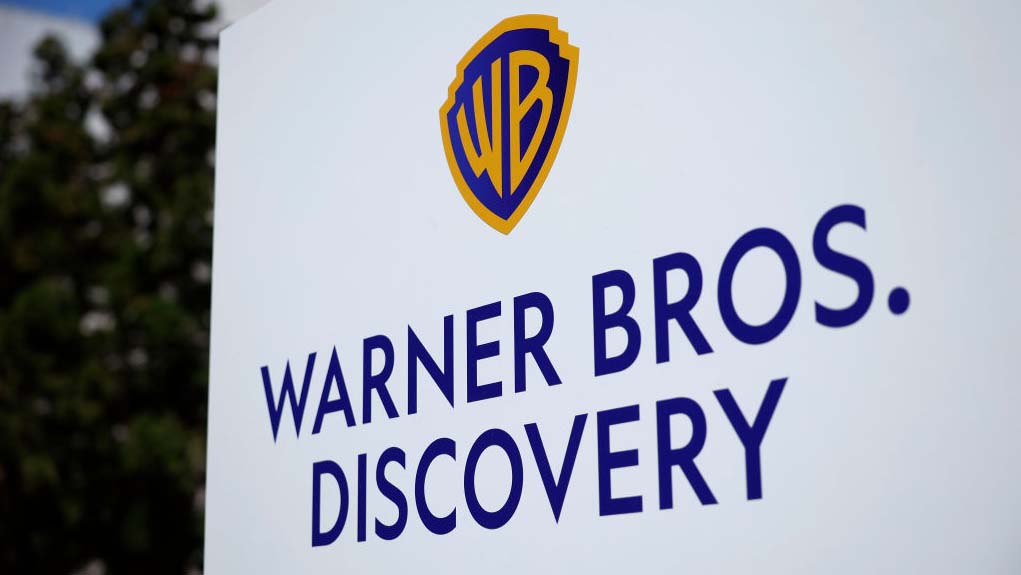Canon announces new full-frame DSLR for professional video production
Well, it's not the EOS 5D Mark II camera with movie-making features many were anticipating, but, for Canon, it's a clear step in the right direction (if you are a 5D Mark II enthusiast).
Throwing its hat into the ring of reality TV and epsodics shot in Hollywood, Canon has introduced a new line of "Cinema EOS" Digital SLR-inspired cameras designed for high-quality digital acquisition applications. Canon's chairman and CEO, Fujio Mitarai, introduced the new EOS C300 camera at a press conference on the Paramount Lot, where Canon said it was putting its stake in the ground to try and capture the television production and filmmaking communities' attention.
"Reflecting upon the achievements that Canon EOS digital SLRs have had in the industry thus far, we are confident the new Cinema EOS series products will bring that success to a whole new level," Mitarai said.
The camera will be available in an EF-mount version in January (for use with Canon lenses) and a PL-mount model in March (for various lens vendors' models) to accommodate the proliferation of photographic and film-style lenses already on the market. It features a single 8.29-megapixel "Super35" CMOS sensor that currently captures 1920 x 1080 and 1280 x 720 images at up to 30 progressive frames per second. It is spec'ed for 60p acquisition, but the processor and the codec in the C300 can only do 30p as of the first run of cameras. That's because the new camera borrows its MPEG-2 DIGIC DV III image processor from the previously introduced (and more traditional looking) Canon XF305 camcorder.
Many professionals in online chat rooms appear disappointed that the camera, at around $20,000 (without lenses), is not capable of higher resolutions and stereo 3-D capability, like some of its obvious competitors (Arri's Alexa, Red's Epic, and Sony's F3), but Canon mentioned a future road map that would include native 4K (4096 x 2160 pixels) resolution support at 24p using Motion-JPEG compression. The timing for the availability of this yet to be solidified concept camera "have yet to be decided," the company said in a press release.
Larry Thorpe, senior director, Professional Engineering and Solutions, Imaging Technologies and Communications Group, at Canon U.S.A., told "DPReview" (www.dpreview.com) that the C300's sensor was specifically designed for motion imaging. He called it "a very, very good HD camera, at a reasonable price."
"We lifted the digital processor and the codec from our little camcorder, the XF305, and that's why we were able to bring the camera to fruition relatively quickly," Thorpe said. "HD is used for moviemaking, and it is also used for television production and commercial production worldwide. So [the decision not to make a costly 4K model] was made to let us get a fast start, worldwide, on the back of a thriving movement in HD."
The professional video industry's #1 source for news, trends and product and tech information. Sign up below.
The new Cinema EOS cameras will work with Canon's own cinema lenses, including the E30-300mm T2.95-3.7 telephoto zoom and E14.5-60mm T2.6 wide zoom, as well as three forthcoming Canon prime (24mm, 50mm and 85mm) lenses.
The camera can also take still images, but only in HD (1920 x 1080 pixels) resolution, so the images are not as good as Canon's own 5D Mark II (which inspired the C300 in the first place). Stills can be recorded to two SDHC cards mounted on the side of the camera. Moving images are recorded to dual CompactFlash cards. (A third card slot can mount an SD card, which an operator can use to automatically upload an entire set of favorite presets.)
The benefits of the cameras are its compact size and low weight, shallow depth of field acquisition capability, as well as the new Super 35 CMOS image sensor that, according to Canon, does not need to "de-Bayer" the sensor output of the camera to protect against "rolling shutter" and other issues that plague DSLR cameras when shooting full-motion images. The camera produces a clean RGB output because it reads the channel outputs; it does not do any averaging between them (as other cameras do). So the C300 individually reads just the red pixels, then the green and then the blue.
Last month, Canon opened a new a new Professional Technology and Support Center in Hollywood, CA, located on the Sunset Gower Studio lot, where the new camera and its subsequent sister models will be tested by industry professionals from the local production community. At the press conference announcing the C300, representatives from ABC, CBS Television and others that produce primetime programming, were in attendance.
